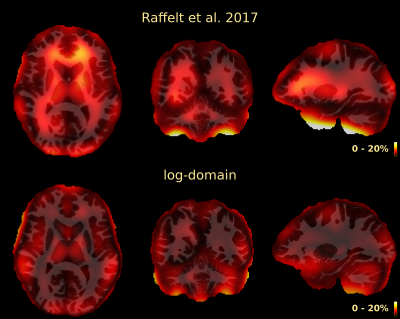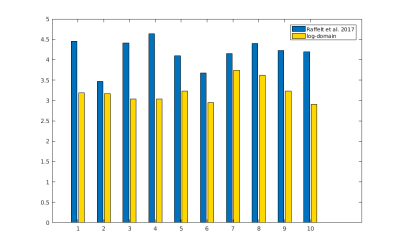Thijs Dhollander1,2, Rami Tabbara2, Jonas Rosnarho-Tornstrand3,4, J-Donald Tournier3,4, David Raffelt2, and Alan Connelly2
1Developmental Imaging, Murdoch Children's Research Institute, Melbourne, Australia, 2Florey Institute of Neuroscience and Mental Health, University of Melbourne, Melbourne, Australia, 3Centre for the Developing Brain, School of Biomedical Engineering and Imaging Sciences, King's College London, London, United Kingdom, 4Department of Biomedical Engineering, School of Biomedical Engineering and Imaging Sciences, King's College London, London, United Kingdom
1Developmental Imaging, Murdoch Children's Research Institute, Melbourne, Australia, 2Florey Institute of Neuroscience and Mental Health, University of Melbourne, Melbourne, Australia, 3Centre for the Developing Brain, School of Biomedical Engineering and Imaging Sciences, King's College London, London, United Kingdom, 4Department of Biomedical Engineering, School of Biomedical Engineering and Imaging Sciences, King's College London, London, United Kingdom
We describe a bias field correction and intensity normalisation method that leverages information from multi-tissue constrained spherical deconvolution results, in the log-domain. It outperforms a previously proposed approach that did not operate in the log-domain.

Fig.5: The relative error (as a percentage) between the total signal from the resulting corrected phantom obtained from both methods (Raffelt et al.[7] and the log-domain method in this work) and the original phantom (unaffected by bias fields). The relative error is averaged across results for all 10 bias fields and overlaid with a WM image of the phantom for reference. The method by Raffelt et al.[7] struggles mostly at the extremities (low and high) of the bias field value range; i.e., deep in the brain and at the edge. At the bottom of the mask, errors exceed 20% (up to 35% in some voxels).

Fig.4: The relative error (expressed as a percentage) between the total signal from the resulting corrected phantom obtained from both methods (Raffelt et al.[7] and the log-domain method in this work) and the original phantom (unaffected by bias fields). The relative error is averaged over the entire brain mask and shown separately for each of the 10 "ground truth" bias fields. The log-domain method proposed in this work appears to consistently outperform the method by Raffelt et al.[7], as evidenced by lower relative errors after intensity and inhomogeneity normalisation.
